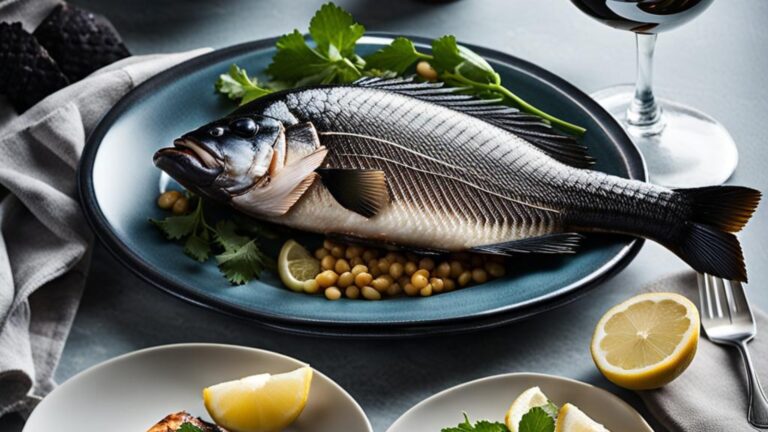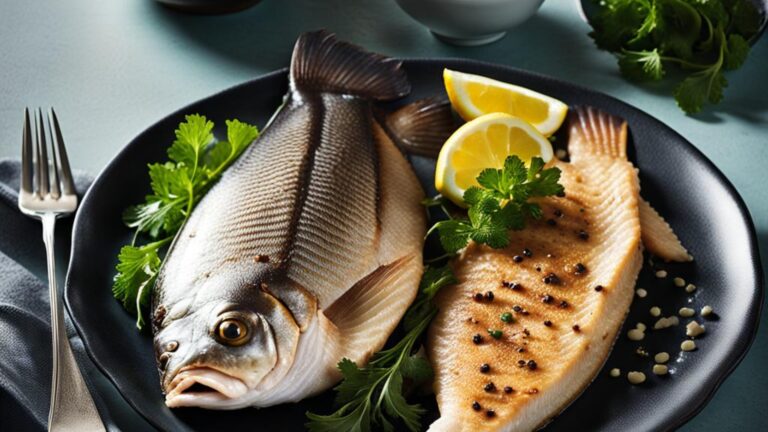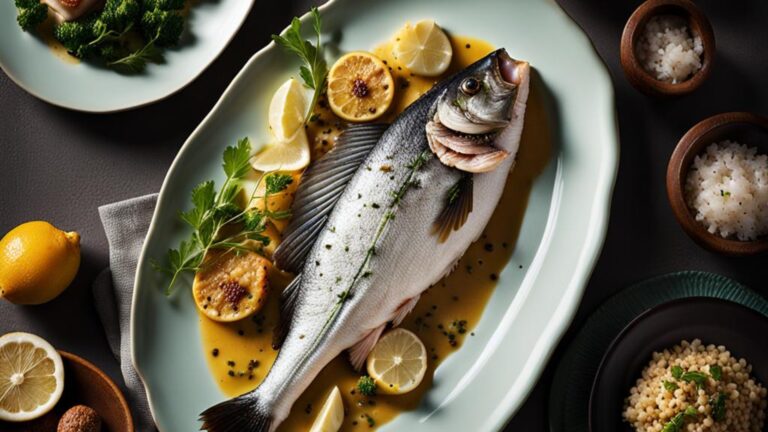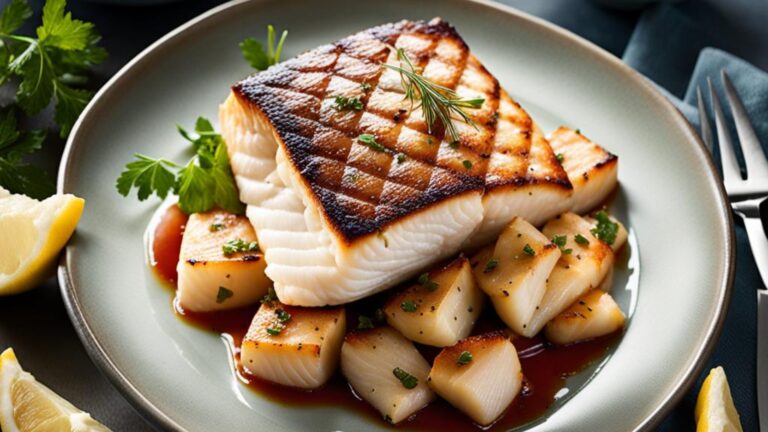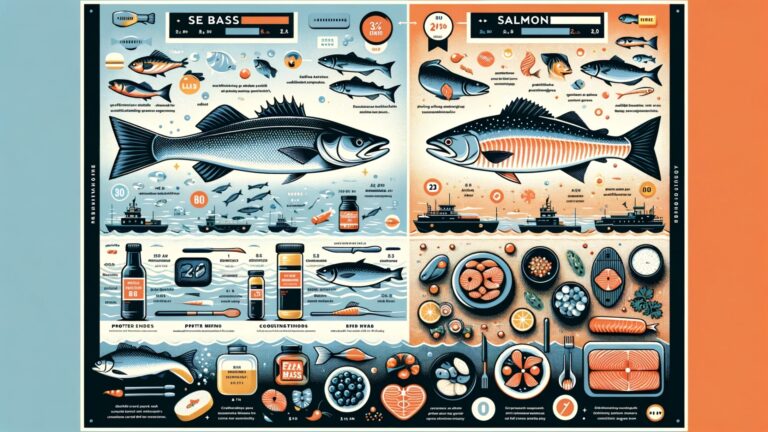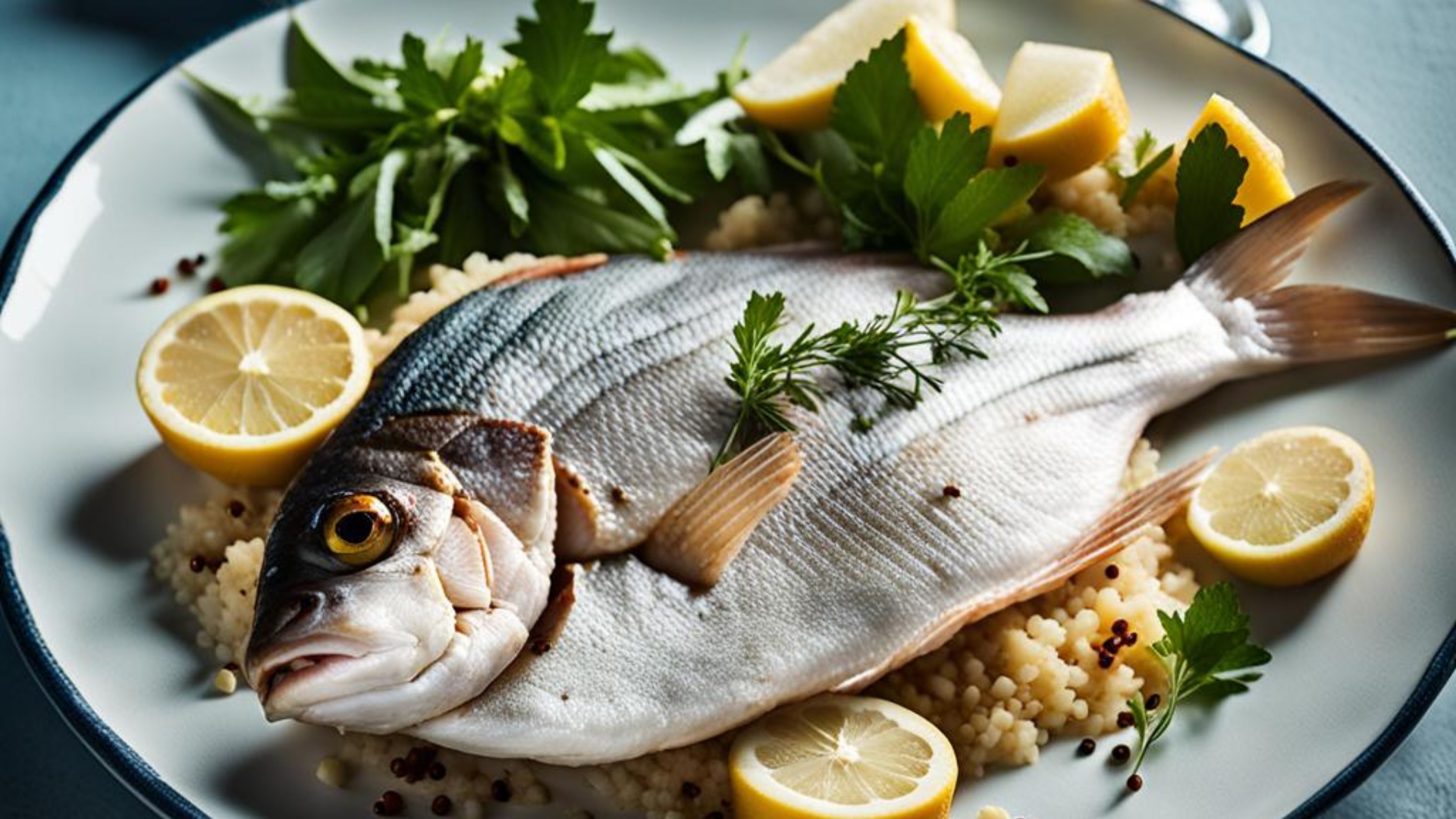
Sea bream and snapper are popular edible fish known for their mild flavors and flaky textures.
Sea bream has a slightly sweeter taste, while snapper offers a slightly richer flavor, making them versatile choices in various dishes.
Hey there, fellow ichthyophiles! It is time to talk about two different types of sea fishes. One is sea bream, and the other is snapper. Both of them are quite popular for their taste and good looks.
Let’s discuss the similarities and differences between these two fishes regarding their taste, food value, and other criteria that will help you understand them better.
An Overview
Let’s first have an overview of the two fishes. Here’s a comparison between sea bream and snapper highlighting their key differences and similarities:
| Characteristic | Sea Bream | Snapper |
| Family | Porgies | Lutjanidae |
| Native Regions | Eastern Atlantic and Western Indian Oceans, Bay of Biscay southwards, South Africa | About 16 pounds, 35 cm to 70 cm |
| Size (Weight and Length) | About 16 pound, 35 cm to 70 cm | Almond-shaped body with pointed flints |
| Body Shape | Oval shaped and stretched on sides | The clean yet meaty flavor |
| Coloration (Color) | Silver, red, and yellow | Red and pink upper side, silvery-yellow belly |
| Diet | Worms, crustaceans, small fish | Fish, shrimp, crab, worms, cephalopods |
| As a Food | About 16 pounds, 35 cm to 70 cm | Juicy, white meat |
| Dense yet juicy texture | Resh fillets, frozen fillets, and frozen portions | |
| Popular Species | Gilthead Bream | Yellowtail snapper |
| Blackspot seabream | Vermilion Snapper | |
| Aquarium Friendly | Yes | No |
| Lifespan | Up to 11 years | 5 to 60 years |
Sea Bream vs Snapper: Detailed Differences
When comparing sea bream and snapper, I noticed evidence that these two fish species differ in various characteristics.
Below, I’ve outlined the distinct features of each species:
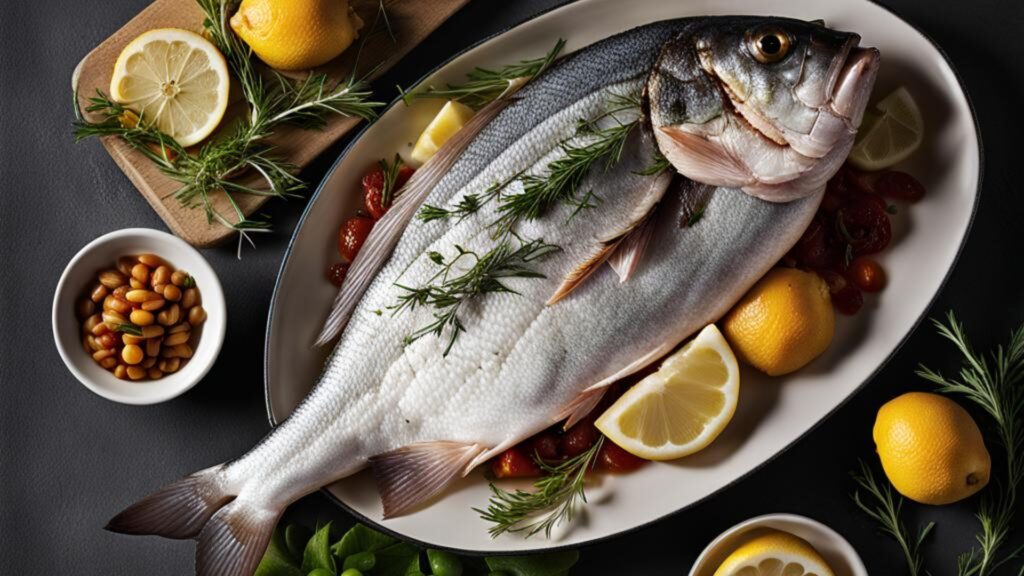
Family
Sea Bream belongs to the Porgies family, known as Sparidae, while Snapper falls under the Lutjanidae family.
The family classifications underline their evolutionary origins and relationships within the broader aquatic ecosystem.
Native Regions
Sea bream is commonly found in the Eastern Atlantic and western Indian Oceans, from the Bay of Biscay southwards to South Africa.
On the other hand, snapper thrives in the Western Atlantic Ocean, the Caribbean Sea, and the Gulf of Mexico. These native regions contribute to their distinct habitat preferences and behaviors.
Size (Weight and Length)
Sea bream exhibits a size ranging from about 35 cm to 70 cm and can weigh around 16 pounds.
In contrast, the snapper tends to be larger, weighing approximately 50 pounds and measuring between 35 and 60 cm.
The size differences often influence their roles within the aquatic food chain and their interactions with other marine species.
Body Shape
Sea bream boasts an oval-shaped body that appears stretched on its sides, contributing to its unique appearance.
On the other hand, Snapper features an almond-shaped body with pointed fins. These body shapes are adaptations that aid in their movement, survival, and hunting techniques.
Coloration (Color)
Sea bream showcases a range of colors, including silver, red, and yellow, adding to its visual appeal. In contrast, the snapper is characterized by a red and pink upper side and a silvery-yellow belly.
These distinct colorations serve various purposes, such as camouflage and mate attraction.
Diet
The dietary preferences of these fish diverge significantly. Sea bream commonly feeds on worms, crustaceans, and small fish, while snapper’s diet consists of fish, shrimp, crab, worms, and cephalopods.
Their varied diets impact their ecosystem roles and contribute to their nutritional compositions.
Culinary Aspects
Sea bream offers a clean yet meaty flavor, making it a sought-after ingredient in various culinary preparations.
On the other hand, Snapper is known for its juicy white meat and dense yet juicy texture. These differences in taste and texture make them suitable for various dishes.
Popular Species
Sea bream includes popular species like Gilthead Bream and Blackspot seabream, while Yellowtail Snapper and Vermilion Snapper represent snapper.
These distinctions in species highlight the diversity within each group.
Aquarium Compatibility
Sea bream is considered aquarium-friendly, making it a choice for enthusiasts to keep in-home aquariums.
However, the snapper is less suited for aquarium environments due to its specific habitat requirements and potential size.
Lifespan
The lifespan of sea bream typically ranges up to 11 years, whereas snapper species exhibit a broader range, living anywhere from 5 to 60 years. While researching, I found that the oldest known snapper lived up to over 100 years.
Sea Bream vs Snapper: As a Food
Sea bream and snapper are both esteemed choices in culinary realms, each offering unique flavors, textures, and preparation options.
Sea Bream
Sea bream presents a clean yet meaty flavor often described as mildly sweet. Its delicate, flaky texture makes it well-suited for various cooking methods, including grilling, baking, and pan-frying.
The meat’s tenderness requires careful cooking to prevent overcooking. Sea bream’s versatility shines in Mediterranean dishes, where it’s often showcased in simple yet flavorful preparations.
It pairs well with aromatic herbs, citrus, and olive oil, allowing its natural taste to take center stage.
Snapper
Snapper stands out with its juicy, white meat and dense yet juicy texture. Its flavor profile leans towards richness, making it an excellent canvas for bold seasonings and marinades.
Snapper’s firmness allows it to hold up well on the grill and is equally suitable for baking and frying.
The meat’s succulence remains a key selling point, appealing to those who enjoy heartier fish dishes.
Its adaptability shines across various cuisines, with a presence in Asian, American, and Caribbean gastronomies.
Similarities Between Sea Bream and Snapper
It is not just the differences; I noticed some similarities as well. Here are some of the major similarities between these two fishes:
- Edible and highly sought-after fish species.
- Widely used in various cuisines around the world.
- Offer delicate and flaky textures when cooked.
- Available in a range of sizes, suitable for different culinary applications.
- Provide a good source of lean protein and essential nutrients.
- Popular choices for grilling, baking, frying, and other cooking methods.
Nutritional Differences Between Sea Bream and Snapper
When examining the nutritional composition of sea bream and snapper, distinct variations in key nutrients become evident.
These differences can influence dietary choices and help individuals tailor their consumption.
Sea bream and snapper vary in caloric content, with sea bream containing 124 calories and snapper having a slightly higher count of 160 calories.
Similarly, their protein content differs, as sea bream provides 20.6g of protein.
Regarding fat content, sea bream contains 4g of total fat, whereas snapper has a higher fat content of 7g. Saturated fat. Sea bream contains 0.7g, while snapper contains 2g.
Sea bream has 53 mg of cholesterol, while snapper has slightly more at 73mg. Sea bream contains 76.5mg of sodium, whereas snapper has 48mg. Managing these levels is crucial for heart health.
Nutritional Table
| Nutrient | Sea Bream | Snapper |
| Calories | 207 kcal | 170 calories |
| Protein | 20.7 g | 35 g |
| Total Fat | 12.3g | 1.34 g |
| Saturated Fat | 2.6g | |
| Cholesterol | n/a | 37 mg |
| Sodium | 79.2mg | Low amount |
| Iron | Yes | 0.4 mg |
| Vitamin B12 | Yes | 6.54 mcg |
Conclusion
I’ve uncovered a wealth of information regarding the distinct characteristics of sea bream and snapper.
These fish offer unique flavors, textures, and habitat preferences, making them favorites in various cuisines worldwide.
Sea bream’s delicate sweetness and Mediterranean appeal contrast with snapper’s rich, versatile nature, frequently gracing tables across diverse culinary traditions.
I would end the blog by asking you to try both of these fish so that you can enjoy the taste of these natural dishes.

